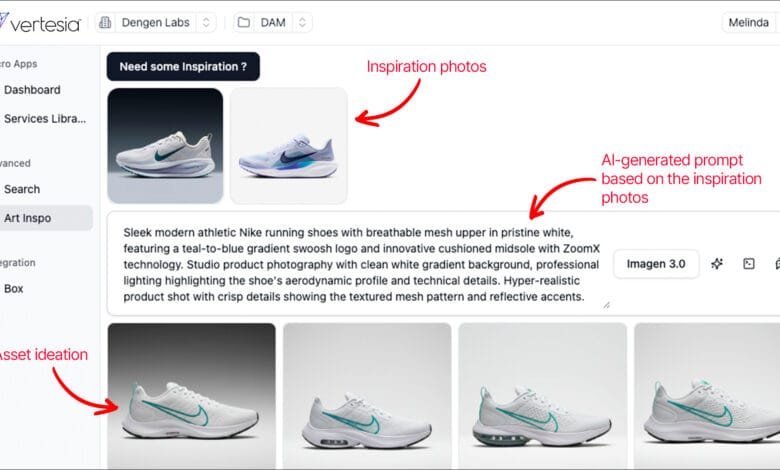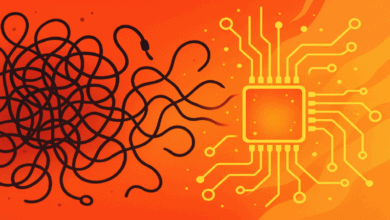RAG: The Essential AI Tool Marketers Need to Know

▼ Summary
– Retrieval-Augmented Generation (RAG) enhances AI outputs by integrating targeted external data, reducing hallucinations and generic responses.
– RAG outperforms prompt engineering by providing AI models with curated, brand-specific context, akin to an intensive onboarding program.
– Data quality is critical for RAG success, requiring machine-readable inputs and precision retrievability through structured formats and semantic layering.
– AI’s memory limits (context window) must be managed by retrieving only relevant data fragments to avoid performance degradation.
– Automation tools streamline RAG implementation, reducing manual data prep and enabling non-technical teams to focus on strategy.
Marketers exploring generative AI tools like ChatGPT often focus on crafting perfect prompts, but there’s a more powerful technique transforming AI outputs: Retrieval-Augmented Generation (RAG). This approach supercharges AI models by feeding them targeted external data, solving the persistent challenges of hallucinations and generic responses that plague basic implementations.
Early discussions about scaling AI in marketing emphasized prompt engineering as the golden ticket. While refining queries remains valuable, even the most polished prompts can’t compensate for an AI’s lack of contextual awareness. RAG bridges this gap by dynamically supplying models with curated, brand-specific information—functioning like an intensive onboarding program for AI. Imagine equipping a brilliant but inexperienced hire with detailed playbooks, style guides, and customer insights; that’s the transformative power of RAG.
Why Data Quality Dictates RAG Success
The misconception that custom AI models are the only path to accuracy has slowed adoption. RAG offers a pragmatic alternative, but its effectiveness hinges on two non-negotiable prerequisites:
- Machine-readable inputs: Long-form content like whitepapers or multimedia-rich documents often baffle AI. Breaking these into structured, tagged components—using formats like XML—ensures clean ingestion.
- Precision retrievability: Dynamic searches must pinpoint exact data snippets without overflow. Semantic layering, which annotates documents with metadata about tables, charts, and even image descriptions, enables surgical precision.
For visual assets, the stakes are higher. While AI detects basic elements (e.g., “car” or “blue shirt”), it misses brand-specific nuances. Detailed metadata—capturing color palettes, emotional tone, or cultural references—is essential for aligning outputs with creative vision.
Overcoming AI’s Memory Limits
A critical but overlooked constraint is the context window—the AI’s “working memory.” Exceeding token limits (typically 100K–300K tokens) degrades performance, akin to overloading a new employee with irrelevant documents. Strategic data preparation allows marketers to retrieve only the most relevant fragments, avoiding context pollution. Hybrid search techniques (combining vector and graph methods) further refine accuracy, but their efficacy depends entirely on well-organized source material.
Automating the Heavy Lifting
Manual data prep consumes up to 50% of GenAI development time, but emerging solutions leverage AI agents to automate this grind. These tools:
- Democratize access for non-technical teams, letting marketers focus on strategy rather than data wrangling.
- Accelerate deployment by auto-generating semantic layers and optimizing retrievals.
While RAG isn’t a magic campaign generator, it unlocks scalable repurposing of existing assets—preserving brand integrity while minimizing manual effort. Platforms like Vertesia exemplify how agentic workflows streamline this process, making sophisticated AI applications accessible without massive technical overhead.
The future of AI-driven marketing isn’t just about asking better questions; it’s about giving models the right answers to work with. RAG represents that next evolutionary leap.
(Source: Search Engine Land)





